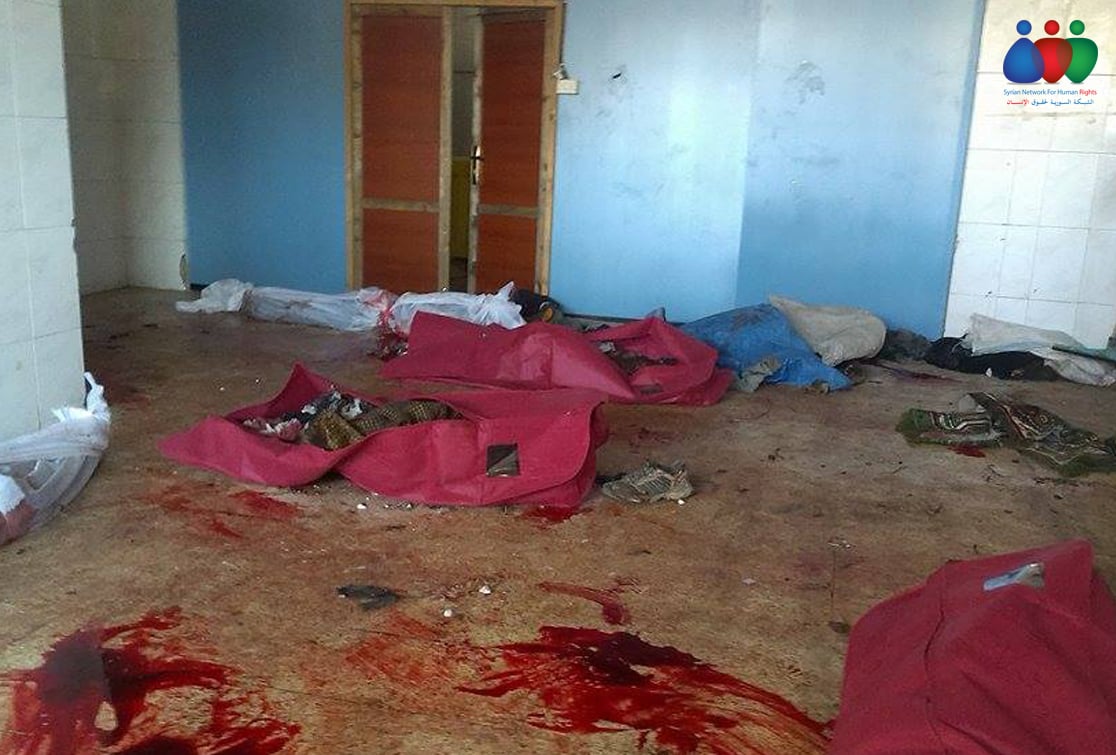
I- Introduction:
Eastern Ghouta in Damascus suburbs witnessed a systemized and deliberate shelling and destruction campaign by government forces that were not restricted on frontlines, but it concentrated on vital facilities, markets, infrastructure and densely populated areas, which is tens of kilometers away from frontlines.
Based on our daily documentation, we noticed that most of the attacks were on vital facilities and densely populated neighborhoods, tens of kilometers away from battle fields. Therefore, the rate of civilian victims was alarming compared to that of gunmen. Syrians welcomed UNSC resolution 2139 that was issued on 22 February 2014 which stated that “all parties have to immediately cease all attacks against civilians, as well as the indiscriminate employment of weapons in populated areas, including shelling and aerial bombardment, such as the use of barrel bombs.” Nonetheless, government forces did not cease its operations or its attacks against civilians.
SNHR previously issued special studies and reports about government’s use of barrel bombs before and after the resolution was issued. Shelling, killing and displacing residents are a systemized policy that aims mainly to hinder the establishment of any authoritative body that would replace the ruling regime.
SNHR has consistently tried to differentiate between crimes committed by different parties involved in the Syrian conflict. We found that government forces committed the greatest rate of crimes and violations against civilians compared to other conflict parties. However, media outlets and international organizations focus on ISIL’s crimes and tend to neglect the crimes committed by government forces and parties supportive to it; knowingly that air force is one of the deadliest weapons used and owned only by government forces.


